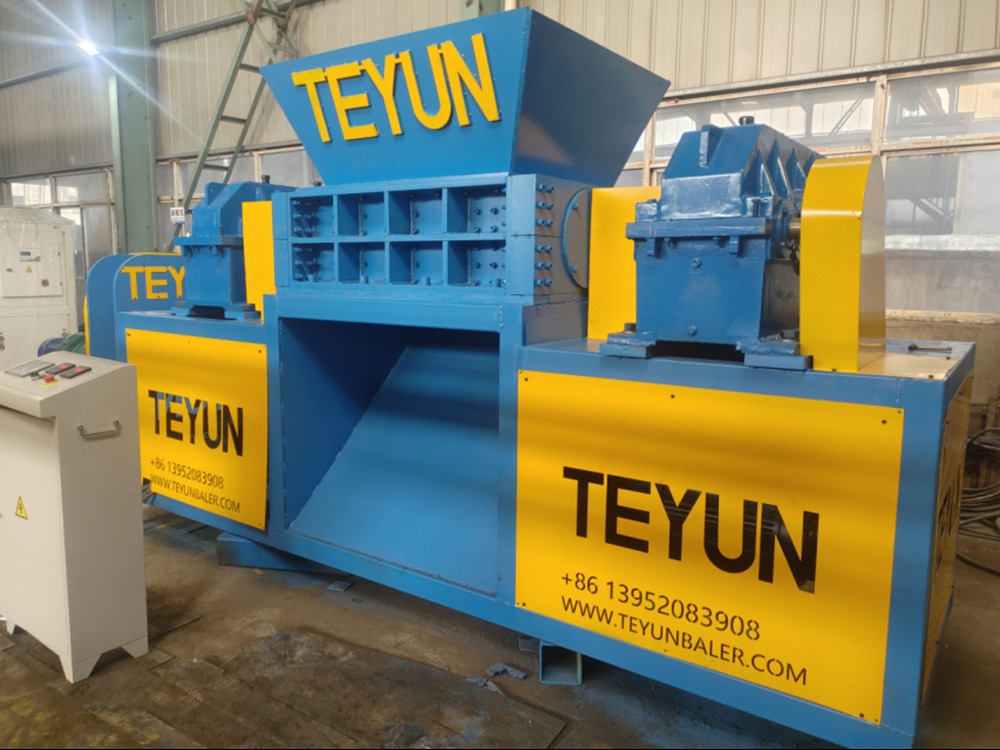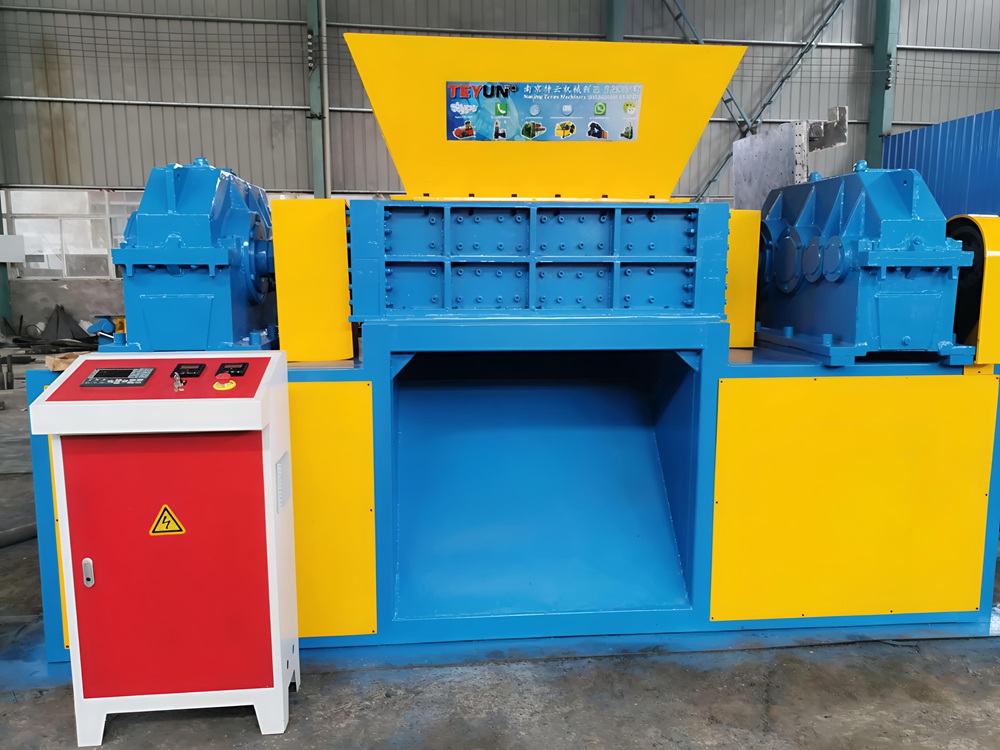Keep Your Profits Sharp: 5 Pro Tips for Maintaining Tire Shredder Blades
Jun 16, 2022
Your tire shredder is a profit center – but only if the blades are sharp. Dull blades silently eat into your profits through higher energy consumption, poor output quality, and expensive unplanned downtime. Fortunately, the solution is straightforward. Here are five professional maintenance tips to keep your shredder blades sharp and your profits stable.
1. Invest in the Right Foundation: Quality Blades Come First Before discussing maintenance, we must start at the source. The most critical factor for blade life and performance is initial quality. While cheaper, lower-grade blades might seem like a cost-saving measure, they are a trap. They dull quickly, become brittle, and lead to frequent replacements that cost more in downtime and parts. Pro Tip: Always invest in tire shredder blades made from high-grade alloy steel (like D2 or H13). These materials are specially heat-treated for toughness (resistance to chipping) while holding a sharp edge. This is the non-negotiable foundation for any serious shredding operation.
2. Implement a "No Surprises" Daily Operating Procedure The best way to manage blade wear is to prevent unnecessary stress from the start. Train your operators to treat the shredder with precision.
Steady Feeding is Key: Avoid dumping large piles of tires at once. A stable, controlled feed rate prevents the chamber from overloading, a primary cause of blade stress and chipping.
Pre-Screen for Contaminants: Your tire shredder is built to handle tough tire bead wire. It is not designed to shred stray wheel hubs, solid steel bars, or other heavy scrap metal. A simple pre-sorting step can save you thousands in blade replacement and repair costs.
3. The Cost-Saving "Secret Weapon": Strategic Blade Rotation This can transform your operational budget. Most professional shredder knives are designed with four cutting edges. When one edge begins to wear, you don't need a new blade. Pro Tip: Implement a documented rotation schedule. After a set number of operating hours, have your team rotate each blade 90 degrees to expose a new, sharp cutting edge. This simple procedure can quadruple the service life of a single set of knives, significantly reducing your annual spare parts expenditure.
4. Extend Blade Life with Professional Refurbishment Even the best blades will eventually wear on all edges. But "worn" doesn't have to mean "finished."
Re-grinding: For blades that are just dull but not badly damaged, professional grinding can restore a sharp cutting edge, giving them a whole new lease on life.
Hardfacing: This is an advanced technique where a specialized welder applies a layer of ultra-hard, wear-resistant alloy to the blade tips. Hardfaced blades often perform better than new ones and are an excellent ROI for high-volume producers.
5. Don't Neglect the Basics: Inspection and Cleaning A clean machine is a reliable machine. Rubber buildup and embedded steel wires can cause imbalance and overheating, which weakens the blades.
Daily Quick Check: Before starting up, take two minutes for a visual inspection of the blades for cracks or major damage.
Weekly Deep Clean: During a scheduled shutdown, safely clean out the compacted rubber and steel wire from the cutting chamber. This prevents the material buildup that leads to the problems mentioned above.
Conclusion Your shredder blades are the heart of your profitability. By investing in quality from the start, implementing smart operational habits, and committing to a proactive maintenance schedule, you ensure they keep beating strong. This approach minimizes unexpected downtime and maximizes your return on investment, keeping your business running smoothly and profitably.
اقرأ المزيد





